Navigating the open seas is a task that requires precision, timely information, and reliable communication. Ship communication and navigation systems are paramount to ensuring the vessel’s safe and efficient operation. Despite the robustness of modern marine technology, these systems can encounter issues, and it’s essential to troubleshoot and repair them promptly. This article offers an insightful guide into troubleshooting and repairing ship communication and navigation systems.
The ship’s communication and navigation systems encompass a broad range of equipment, including radar systems, Global Positioning System (GPS), Automatic Identification Systems (AIS), and various types of communication devices. When these systems malfunction, it can lead to significant operational delays, safety hazards, and communication blackouts.
Common Problems and Troubleshooting
GPS Issues
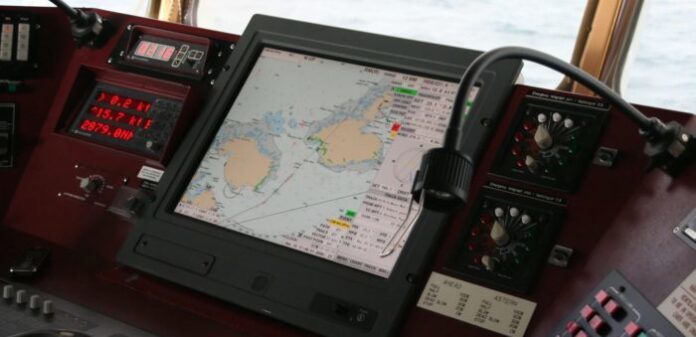
Problem: The GPS is not acquiring satellites. Troubleshooting: Check the GPS antenna’s placement, ensuring it has a clear view of the sky. Confirm that the GPS system is configured correctly, and the software is up-to-date. Querin Shipsupply is an expert in this field.
Radar Issues
Problem: The radar is not displaying correctly. Troubleshooting: Inspect the radar connections and cabling. Ensure the radar is properly calibrated and settings are appropriately configured.
AIS Problems
Problem: The AIS is not transmitting or receiving signals properly. Troubleshooting: Confirm that the AIS is connected to a functioning GPS. Check antennas and connections, and ensure the AIS system is properly configured and licensed.
Communication Equipment
Problem: Unable to communicate using Very High Frequency (VHF) radio. Troubleshooting: Check the power supply and connections. Ensure the radio is tuned to the correct frequency and the antenna is not damaged.
Repair Tips
GPS and AIS Systems
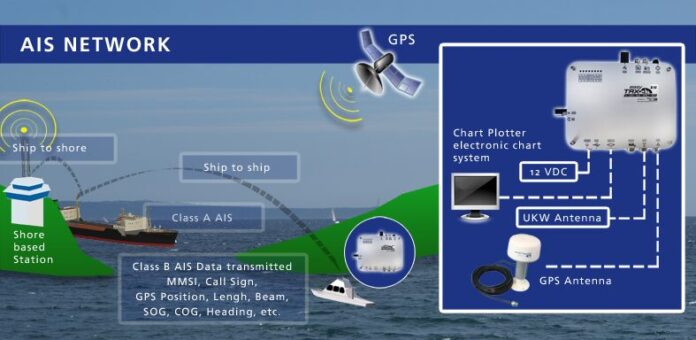
- Software Update: Regularly update the system’s software to the latest version to resolve potential glitches or compatibility issues.
- Antenna Repair or Replacement: If the antenna is damaged or malfunctioning, repair or replace it to ensure optimal signal reception and transmission.
Radar System
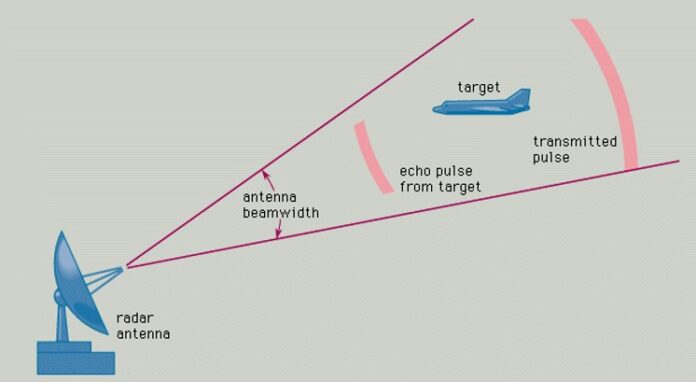
- Re-calibration: If the radar system is not displaying information correctly, recalibrating the system can resolve the issue.
- Component Replacement: Replace faulty radar components such as transceivers, cables, or displays.
Communication Devices
- Frequency Adjustment: Ensure the VHF radio is operating on the correct frequencies.
- Equipment Upgrade: Replace outdated communication devices with modern, more reliable equipment.
Preventive Maintenance
Preventive maintenance plays a crucial role in ensuring the longevity and reliability of ship communication and navigation systems. Regularly inspecting and servicing these systems helps to identify and address issues before they escalate.
Scheduled Inspections
Regularly inspect the navigation and communication equipment to ensure it’s in good working condition. Check for visible damage, loose connections, and other potential issues.
Software Updates
Regularly update the software of all navigation and communication systems to ensure they operate efficiently and are protected against cyber threats.
Professional Training
Ensure the crew is adequately trained to operate, troubleshoot, and maintain the navigation and communication systems. This knowledge helps in quickly identifying and addressing issues.
Advanced Troubleshooting
Using Diagnostic Tools
For GPS and AIS Systems: Utilize diagnostic tools available within the system’s software to identify issues. Many modern systems have built-in diagnostic capabilities to help isolate and identify problems.
For Radar Systems: Employ external diagnostic tools that can analyze the signals and performance of the radar system, aiding in identifying any internal or external issues.
For Communication Equipment: Use signal strength meters and frequency analyzers to ensure that the communication devices are functioning at optimal levels.
In-depth Analysis
For All Systems: Conduct a comprehensive analysis by synchronizing the systems and observing their performance. Sometimes, issues may only emerge when systems are operating concurrently, and conducting an in-depth, integrated analysis can reveal these.
Advanced Repair Tips
Component-Level Repairs
For All Systems: If troubleshooting reveals issues at the component level, and replacement parts are not immediately available, consider conducting component-level repairs. This approach requires a high level of expertise and should only be conducted by qualified personnel.
System Upgrades
For Older Systems: Sometimes, continuously malfunctioning systems may indicate the need for a more significant upgrade. Evaluate the cost and benefits of system upgrades versus continual repairs.
External Support
Leverage the expertise of external support resources such as the equipment manufacturers or specialized repair and maintenance companies. They can provide advanced troubleshooting, repair, and maintenance services and may offer valuable insights and advice on ensuring the optimal performance and reliability of ship communication and navigation systems.
Documentation and Reporting
Maintaining Repair Logs
Maintain detailed logs of all troubleshooting, repair, and maintenance activities. Documentation helps in tracking the performance and reliability of the systems and can be invaluable in identifying recurring issues and potential needs for upgrades or replacements.
Incident Reporting
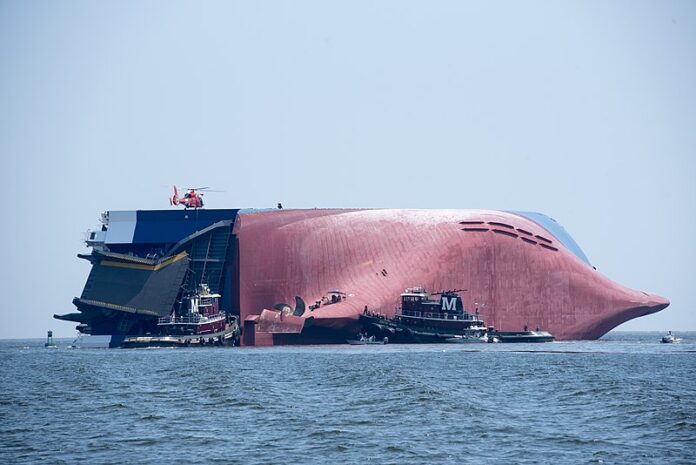
Ensure timely and detailed incident reporting to relevant authorities and organizations. This step is particularly crucial in cases where the issues with communication and navigation systems have led to incidents or accidents at sea.
Final Thoughts
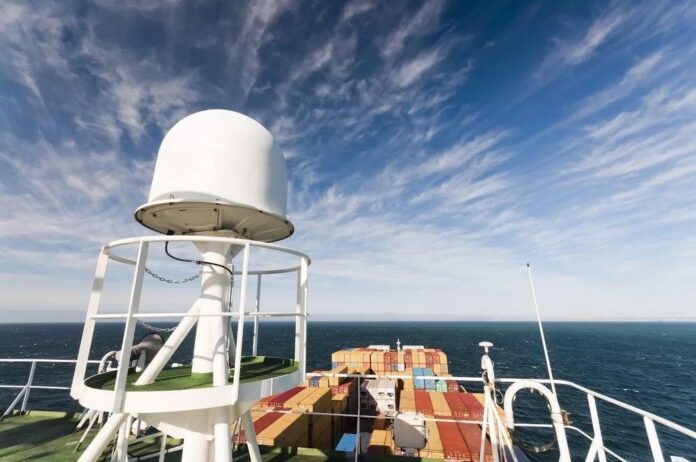
The demand for seamless and faultless navigation and communication at sea is paramount for operational efficiency and safety. Ensuring the operational integrity of these systems through vigilant monitoring, regular maintenance, efficient troubleshooting, and timely repairs is not just a procedural necessity but a fundamental responsibility.
Navigational and communication systems will continue to evolve, integrating more advanced technologies and features. Adaptability and a commitment to continuous learning and enhancement of skills and knowledge will empower the maritime community to stay ahead of potential issues, ensuring the safety and security of maritime operations worldwide.
In sum, the comprehensive troubleshooting and repair strategies outlined in this article serve as a fundamental resource for addressing issues related to ship communication and navigation systems. Incorporating these practices into the routine operational framework of maritime entities will contribute substantially to enhancing the reliability and efficiency of maritime communication and navigation systems globally.









